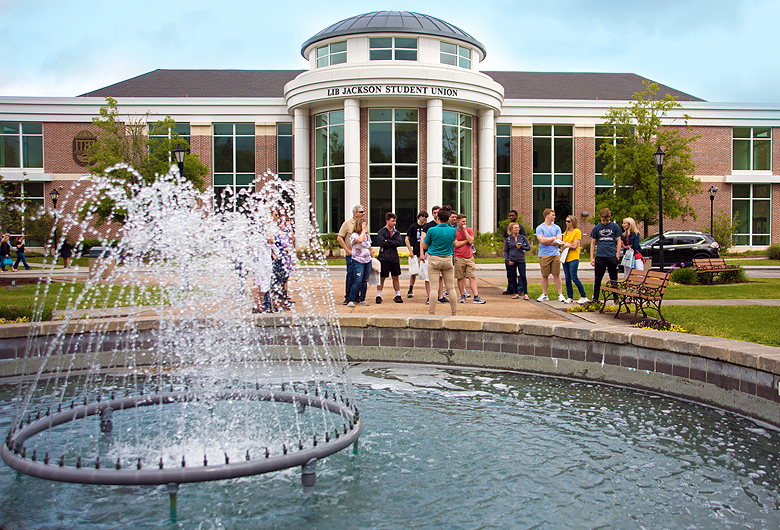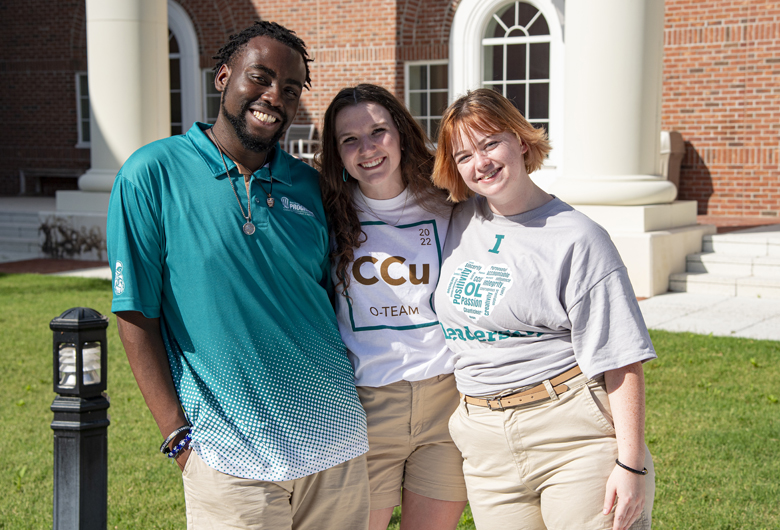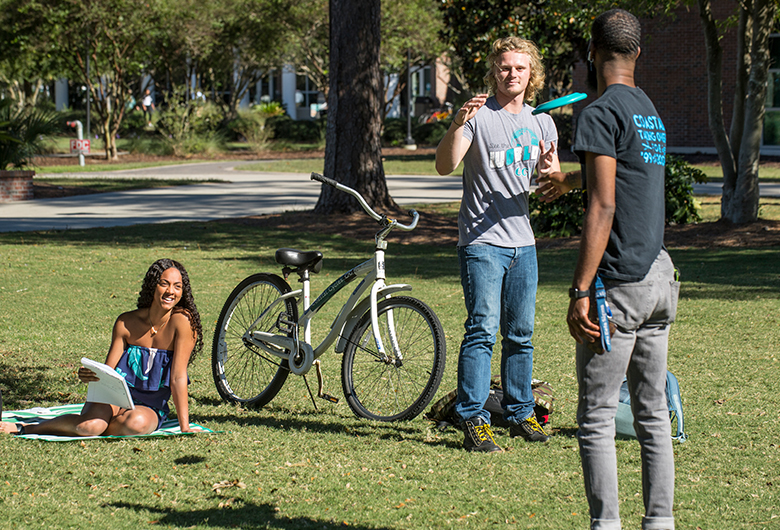Contact Info
Did You Know?
Art History students are supported in their development as professionals in the field through workshops and field trips.
Why CCU for Art History?
With a low student-faculty ratio, our program focuses on students by creating community, hosting career workshops, and providing travel opportunities to see works of art in person. Students can explore subjects as diverse as History of Photography, Arts of Japan, Digital Heritage: Virtual Landscapes, as well as more traditional art history.
Art history’s emphasis on careful observation, research, and writing makes it a good preparation for any profession. Arts-related careers include museum work (registrars, archivists, curators, museum educators), art director, estate appraisers, art investment advising, working with auction houses). Analytical and synthetic skills developed in art history also provide strong foundations for a variety of careers, including law, business, and education, among others.





